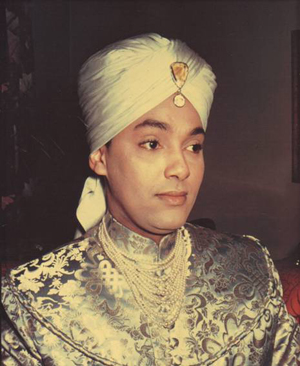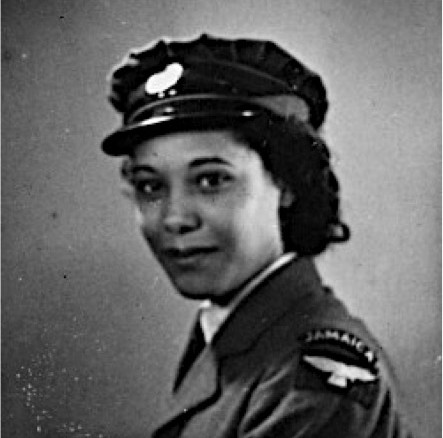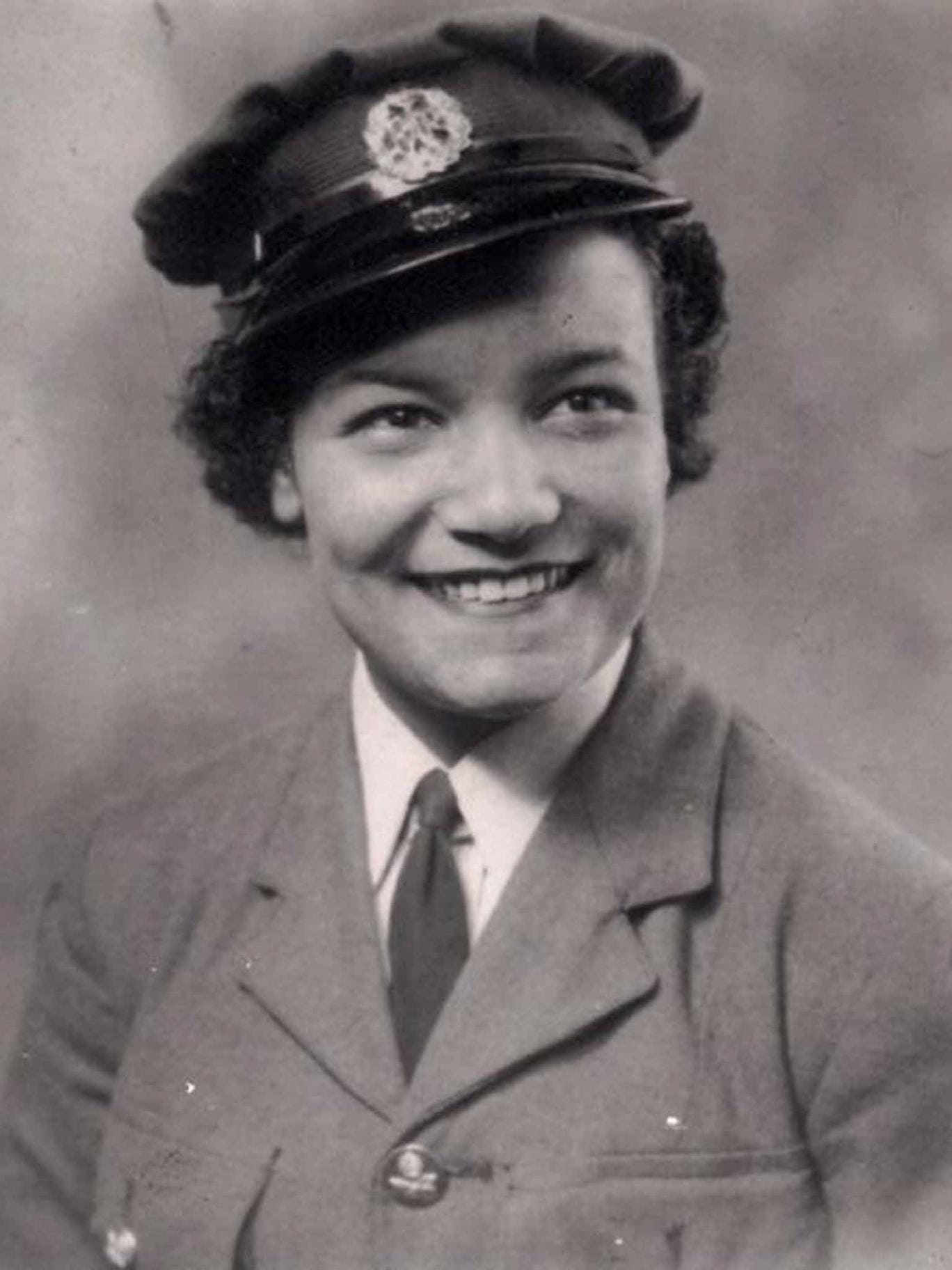New Film Shows Misty Copeland’s Journey as a Black BallerinaPosted in Articles, Arts, Biography, Media Archive, United States, Videos on 2015-10-21 21:41Z by Steven |
New Film Shows Misty Copeland’s Journey as a Black Ballerina
NBC News
2015-09-30
The 2015 Urbanworld Festival closed out on Saturday night with the highly anticipated documentary “A Ballerina’s Tale,” which details Misty Copeland’s journey to become a principal ballerina.
The film festival, founded in 1997, is a five-day event that showcases narrative features, documentaries, short films, and spotlight screenings with the goal of redefining and advancing the impact of the multicultural community in the film world.
“A Ballerina’s Tale” is one film that is making that impact. The documentary gives an in-depth picture of Copeland’s struggles with being black in a predominantly white Ballet world and it chronicles her experience recovering from a leg fracture – one that could’ve stopped her dream of becoming a principal dancer…
…Copeland, 33, beat the odds and became the American Ballet Theatre’s first black female principal dancer in the company’s 75-year history this past June. But, it wasn’t easy and the film makes that clear. She explained that she struggled being a black dancer when she first began in the professional ballet world.
“I’ve never strayed away from being black. I’m biracial but something that my mom constantly said to me growing up in southern California was ‘Yes, you are Italian, you are German, and you are black, but you are going to be viewed by the world as a black woman’,” Copeland said. “I never felt different growing up but when I came into the ballet world as a professional I immediately felt different.”…
Read the entire interview here.






